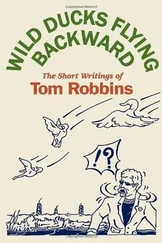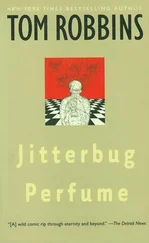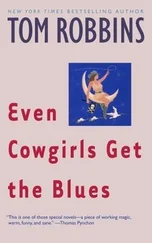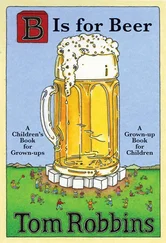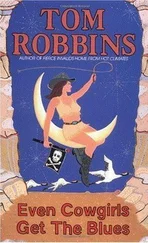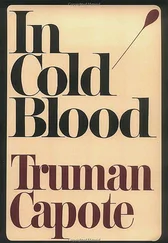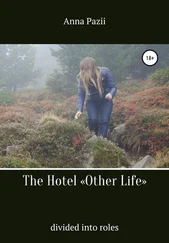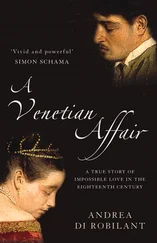Despite the impetus — the interest of a major publishing house — some months were to pass before I began writing the book. To award it the full focus that any good novel demands, I had to extricate myself from both Seattle’s art scene and its blossoming psychedelic culture, areas in which I’d become increasingly enmeshed since returning from New York. Superficially at least, the two did not seem to overlap and they were never to really merge, but on a deeper level, each — modern painting and the psychedelic sacraments — offered humanity a new way of seeing, an enlarged and deepened definition of reality, a freshened and intensely sensual awareness of what it means to be a cognitive mammal on a tiny planet spinning precariously in the backwash of an infinite universe, a perpetually endangered species kept alive — and occasionally driven quite mad — by its capacity to love.
But let’s take care not to lose objectivity in a spasm of genuflection or shower of rose petals. Mediocrity is the standard rather than the exception among practicing artists (Sturgeon’s rule: 90 percent of everything is shit), and for the past hundred years art has been increasingly more about money and ego than truth and revelation. The periodic discovery, however, of a peach-size diamond in the dung heap of commerce was enough to keep one digging, never mind the fecal matter that accumulated beneath one’s nails.
As for psychedelics, too many of the sacraments were contaminated or counterfeit, too many of the imbibers intellectually and spiritually unprepared to learn from or even recognize the gods unmasked in their presence. Still, there were sufficient bolts of wonder to light up anyone’s personal sky, provided one kept his blinds open or didn’t run for cover at the first clap of thunder. (Mainstream media were staffed by copious coops of Chicken Littles, while the police state spun paranoia the way Granny Robbins spun wool.)
In any case, I allowed myself to be distracted from what I secretly knew, had always known, to be my true mission in life, dancing instead to the music of the zeitgeist. And what music, literally and figuratively, it was! From the Beatles to the antiwar movement, from Jefferson Airplane to the swelling tide of feminism, anthems of joy and revolution rang.
I reviewed art for several publications in Seattle and beyond, wrote essays included in museum catalogs, organized gallery exhibitions, contributed to shows (under the pseudonym “Max Saint Cherokee”) several assemblages of my own making, and was a ringleader in a boisterous neo-Dada gang of guerrilla artists, the Shazam Society, whose raison d’être was to disrupt and poke fun at those uptight elements of the Seattle art community that took itself far too seriously for art’s own good. I also participated in “trip festivals” (celebrations of the more external manifestations of the psychedelic experience) for which I created “happenings” (later known as “performance art,” an easy, self-indulgent medium that has continued to attract supremely untalented practitioners) with quaint ironic titles such a “Mommy/Daddy/Bow Wow/I Love You.”
The happening, bastard baby of Mr. Visual Art and Miss Theater, and by no means a by-product of the psychedelic revolution, can trace its origins, under different names, back to Picasso’s Paris in the 1920s. It was reborn, though for years only dedicated avant-gardists heard its squalls, in New York in the late fifties, when serious artists such as Allan Kaprow, Claes Oldenburg, and Jim Dine pushed Pollock’s “action painting” to its extreme by eliminating the canvas altogether, moving the action off the wall and off the pedestal, out into the “real” and live space of the room.
By 1966, Seattle’s culturati were aware of the hybrid medium, but few had witnessed an example firsthand, so when the owner of Current Editions, a first-rate print gallery, decided to commission a happening for the entertainment and education of her well-heeled patrons, she turned to me. All too happy to oblige, I created a piece I called “Money Is Stronger Than Dirt.” Modest, if sarcastic and satirical in scope, its central element was an amateur banjo picker in blackface and full Uncle Sam costume complete with patriotic top hat. As, seated on a short wooden stool, our personified national symbol picked and sang — in a voice that sounded as if it had been run over more than once by farm equipment — corny old folk ballads, a quintet of Shazam Society artists knelt on the floor at his feet cutting one- and five-dollar bills into bits and dropping the scraps into a glass salad bowl. Did I mention that the theme was sarcastic? The staging modest?
After a half hour or so of this, the audience grew restless, as I’d expected it would, but none more discontent than I. I mean, if the spectators were waiting for something to happen, they were not alone. My pièce de résistance was failing to materialize. Literally. It rested, you see, on the shoulders of a young man I knew who’d recently taken a job selling vacuum cleaners door to door in the area around La Conner. The machine Bruce was peddling boasted a shampoo feature which, if its tank was filled to capacity, generated an amazingly voluminous amount of foam. My intent was that at some point, on cue, Bruce would stride out of the storage room in his salesman suit, launch into his pitch, set up his machine, aim its shampoo nozzle and completely engulf Uncle Sam and the money shredders (of which I was one) in a mini-mountain of suds. That was to be the grand finale. By showtime, however, Bruce had yet to show up at the gallery.
It was no problem to start without him, but as time passed and I waited in vain for some signal that he’d arrived, I commenced to fret. Eventually, I left the tableau and went to the storage room to check on him. No Bruce. Ten minutes later, I checked again, wondering if he might be hiding in there, experiencing a bout of stage fright. No Bruce. My anxiety was starting to inch over the panic threshold.
To bide time, and to relieve the awkwardness, the monotony, I found matches and ceremoniously lit on fire the scraps of money in the bowl. The torn bills flared and smoked. The gallery owner looked worried. Welcome to the club. For entirely different reasons, my own brow was so furrowed I could have screwed a hat on. “Money Is Stronger Than Dirt” was experiencing a kind of aesthetic erectile dysfunction for which a Viagra had yet to be invented.
Time passed. Uncle Sam was now on his third raspy rendition of “Oh! Susanna,” one of the few tunes in his repertoire. So stressed I could barely breathe, I finally rushed downstairs to the street and searched — in vain — for Bruce’s van. Arrgh! My impulse was to beat it to my own car and drive away. I felt the need to go home. Or, maybe to Alaska for a month or two, stopping by La Conner on the way to throw a Rotten egg at Bruce Wyman. (Bruce, I was later to learn, had encountered difficulty navigating the streets of Seattle. A small-town lad, he’d become lost in the labyrinth around Pioneer Square. He never did make it to the gallery.)
Reluctantly, I gathered what remained of my integrity and set about to face a roomful of bored, confused, and probably seething art lovers. On my way upstairs, I had a sudden and entirely desperate inspiration. Back in the gallery, where Uncle Sam was playing “Froggie Went A-Courtin’ ” for the third or fourth time, I stopped at the refreshment table and grabbed the plastic squeeze bottle of honey (a tea sweetener) I’d seen there. Resuming then my place at the feet of the great American icon, and smiling as if nothing was amiss, as if this was just the way things happened at a happening — and too bad for any philistine who wasn’t hip enough to dig it — I proceeded to squirt honey onto the burned currency in the salad bowl. Next, I scooped up a handful of the now-sticky ashes, stuffing them into my mouth while nodding to the confederates beside me to follow suit. Slowly, one by one, shooting me incredulous glances, they joined in. We ate the money. We just ate it all up. The audience — presumably unhappily — got the point. And that was that.
Читать дальше

